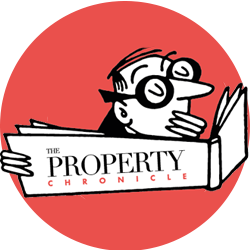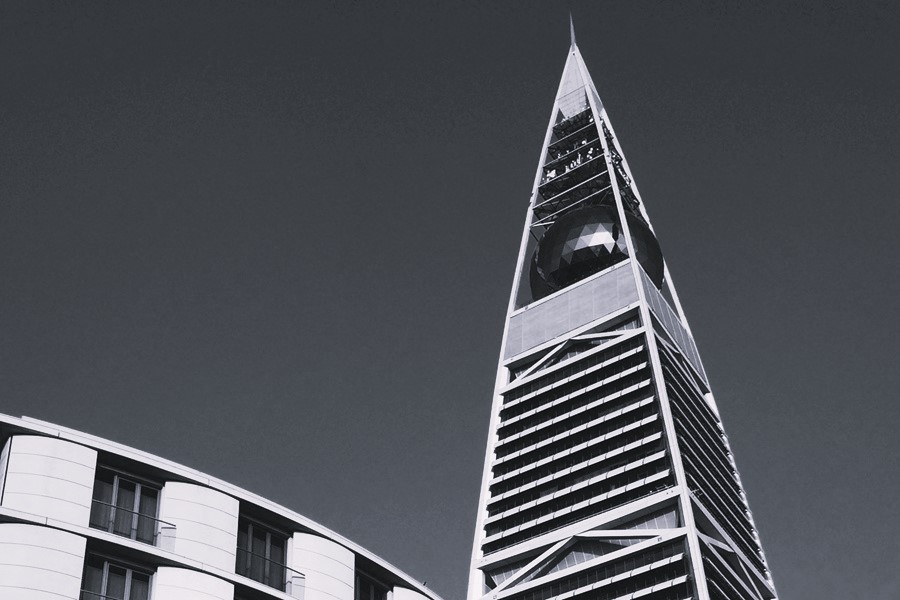Following a recent teaching excursion to Riyadh, the Undercover Academic reports back on ambitious and exciting property-related initiatives happening in the Kingdom.
We don’t hear much about the property market or the many new or planned developments in Saudi Arabia these days; the Arabian Peninsula is far away and news from the Middle East is currently dominated by the ongoing conflict in the wider region. Yet there are many British property professionals working there, including those in the offices of Knight Frank and Savills that are part of an estimated 30,000 British expat contingent.
The population of Riyadh, the capital city, is getting on for eight million and it is set to become the primary economic hub in that part of the world. A newly built financial district, full of high-rise accommodation occupied by some of the world’s leading investment companies is evidence of this growth.
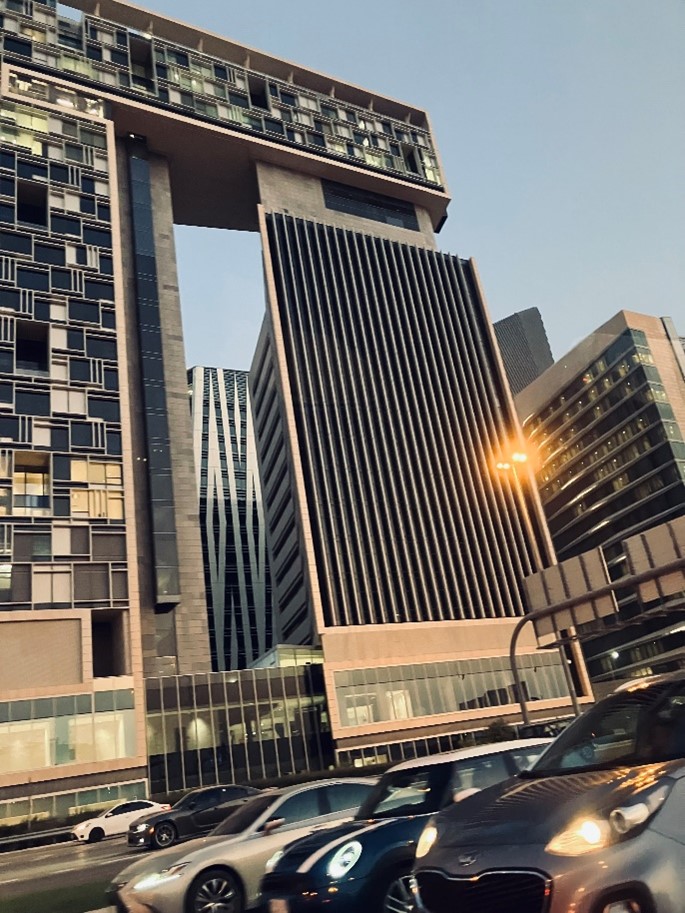
One of the main drivers of this expansion is a national programme known as “Saudi Vision 2030”. In 2016, the Saudi Government committed itself to a range of measures designed to take the country forward into the future and many recent property development projects have arisen from this initiative. Its reforming aims are built around three main themes, intended to create:
1. A Vibrant Society, through urbanism, culture and entertainment, sports, protected UNESCO heritage sites, and to increase life expectancy and quality.
2. A Thriving Economy, via employment, women in the workforce, international competitiveness, Public Investment Funds, foreign direct investment, and non-oil exports.
3. An Ambitious Nation, utilising non-oil revenues, government effectiveness, e-government, enhancing household savings and income, encouraging non-profit involvement and volunteering.
“Saudi Vision 2030 will reduce Saudi Arabia’s dependence on oil and diversify its economy. The Kingdom is looking at further developing public service sectors such as health, education, infrastructure, recreation, and tourism.”
Perhaps the most striking of the new developments are led by state-run agencies. These include the aptly named Giga-Projects designed to “stimulate the economy […] to expand significantly beyond the real estate and infrastructure sectors, helping to diversify the economy away from oil.” Such innovative schemes as the 26,000 sq. km island development, Neom, will be powered entirely by renewable energy and will be zero carbon.
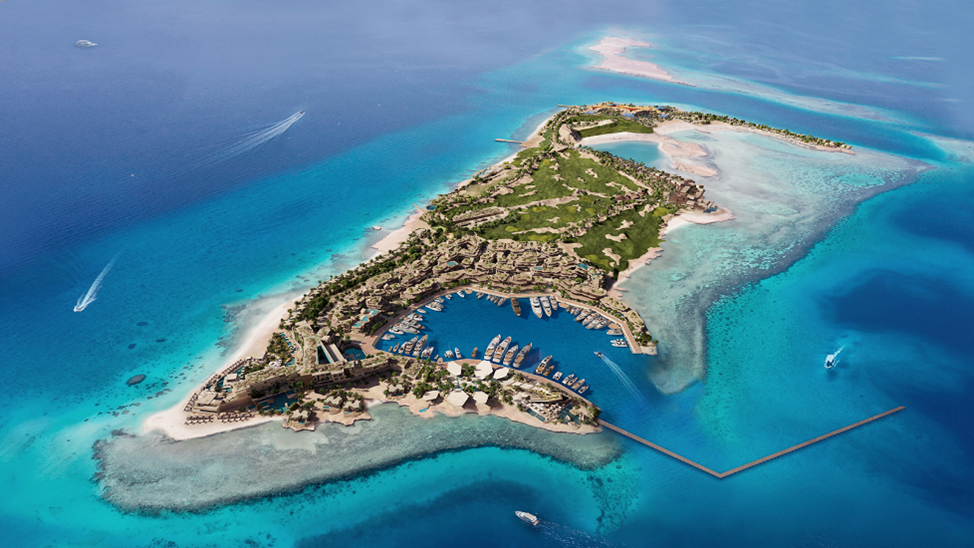
Source: PIF, SA
The Qiddiya Investment Company are now completing a 376 sq. km sports and leisure complex in Riyadh which is intended to “…serve a dual economic and social purpose, unlocking inventive professional pathways and enriching the lives of Saudi Arabia’s dynamic youth.”
New public parks, sports and leisure facilities are happening across the city; many of them technologically innovative and sustainable. Saudi has its own “Green badging system”, similar to BREEAM and LEED, called Mostadam, and there’s no doubt that many property developers and the Saudi Government are now engaged with the environmental agenda.
The national developer, ROSHN, has a land bank of 200 million square meters and is tasked with increasing the rate of home ownership in Saudi to 70% by 2030. They intend to build over 400,000 new homes; many in traffic-free neighbourhoods, 1000 kindergartens and over 700 mosques. Such new communities will be mixed use, containing offices, hotels and hospitality centres.
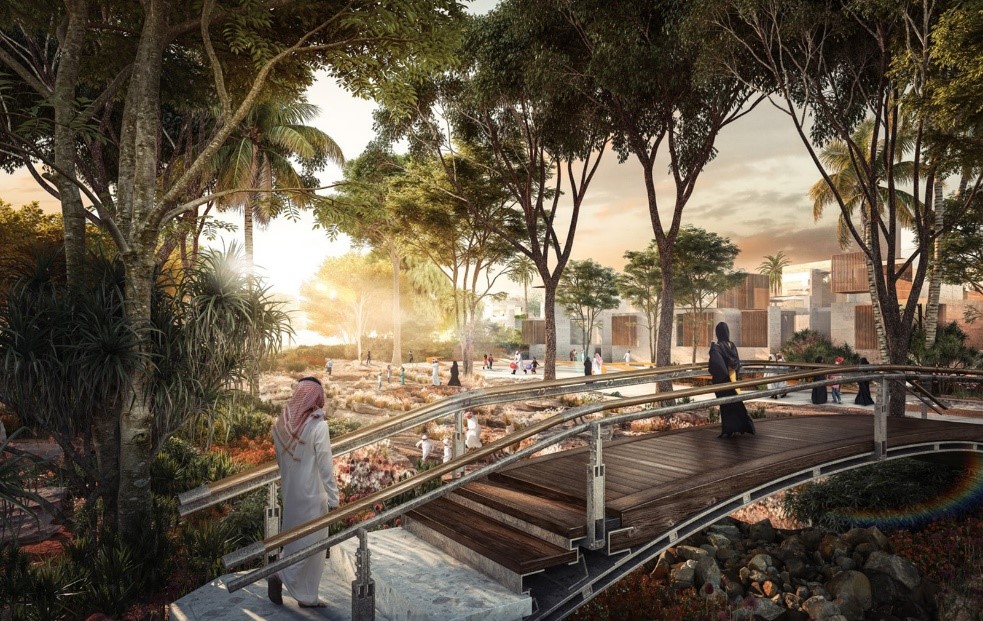
Source: PIF, SA
The two million square metre, futuristic Mukaab project will be downtown Riyadh’s most staggering building; containing entertainment, commercial, retail and leisure space as well as public gardens and pedestrian walkways. As of October 2024, most of the excavation work for the project has been completed on schedule with construction site safety identified as a priority by the developers.
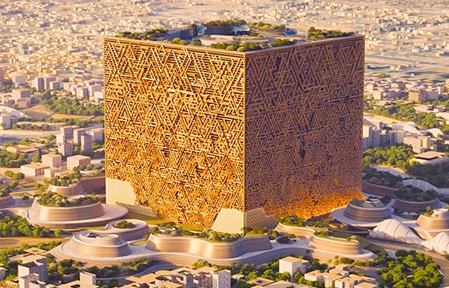
Source: New Murabba
According to Ryan Keeler’s excellent recent piece in the Cityscape e-magazine, the Saudi property market is booming, due in no small part to the confidence that the Vision 2030 initiative has given to investors. He reports that the residential sector has seen significant activity; “…by mid-2024, both Riyadh and Jeddah saw 27,500 new units delivered. This brought Riyadh’s total to 1.46 million units and Jeddah’s to 891,000 units. Both cities expect to add another 16,000 units by the end of the year.
Prices for residential properties are rising. In Riyadh, sale prices jumped by 10% over the past year, and rents increased by 9%. Jeddah experienced slower growth, with sale prices up by 5% and rents rising by 4%. Despite higher construction costs, the outlook for the residential market is positive. Government initiatives to boost home ownership and ongoing infrastructure developments are key.”
Driven by Saudi government initiatives, the prospects for the Kingdom appear very positive. As well as plans to improve the public realm, a new Metro system for Riyadh (with some stations designed by award-winning European designers) is expected to be opened with the next 12 months. In a city of 8 million people, this is necessary if car dependency is to be reduced and the air quality and traffic congestion problems that this brings are to be alleviated.
Achieving a balance between tradition, continuity and cultural homogeneity (which is stronger and more valued here than in many countries) and their own version of globalised modernism is ongoing but with a clear vision of their future, there’s every reason to believe that Arabia will make a success of it.

